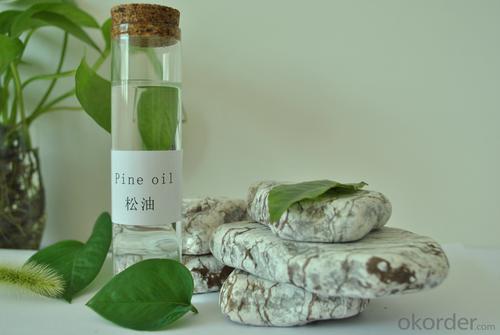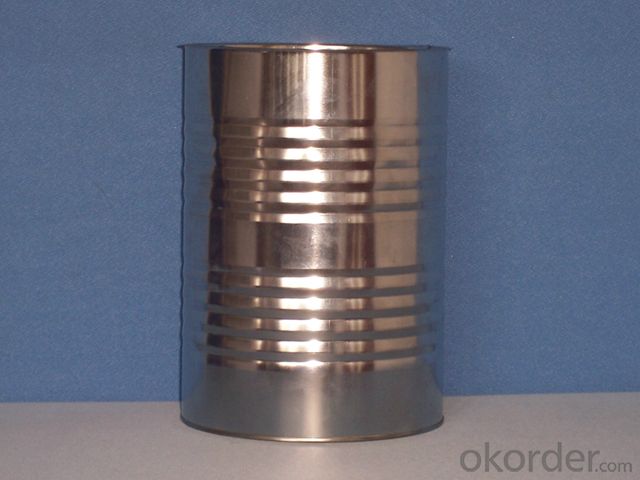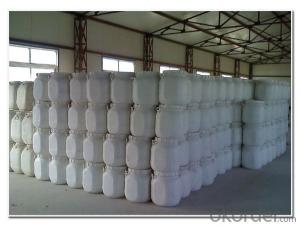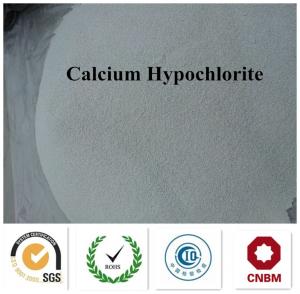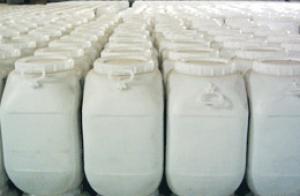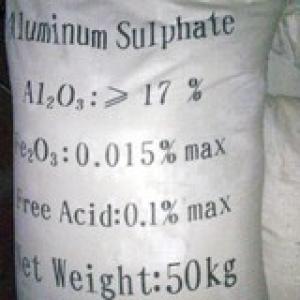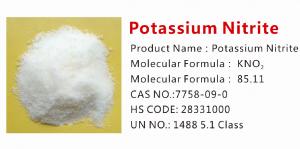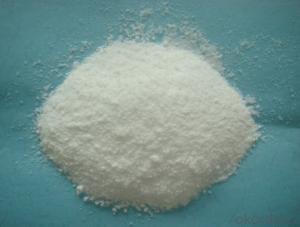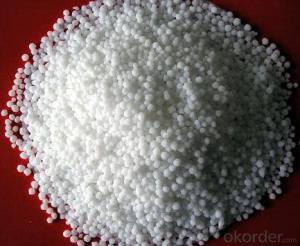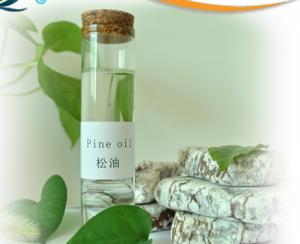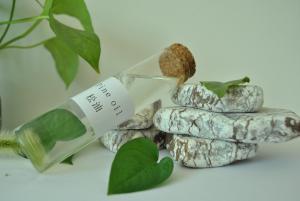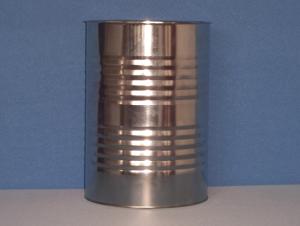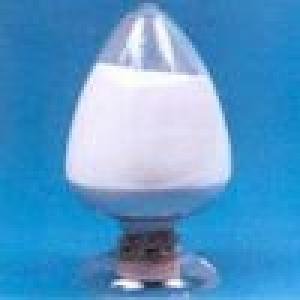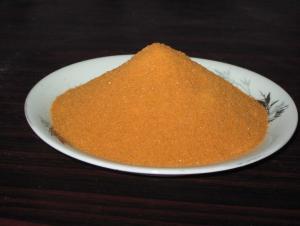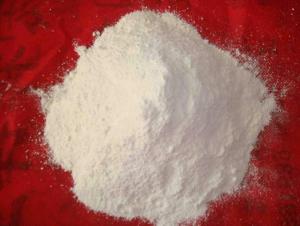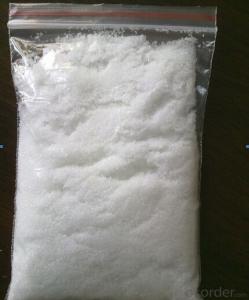Pine Oil with Cheap Price and High Purity and Fast Delivery
- Loading Port:
- Shanghai
- Payment Terms:
- TT or LC
- Min Order Qty:
- 17.6
- Supply Capability:
- 3000 m.t./month
OKorder Service Pledge
OKorder Financial Service
You Might Also Like
1. Structure of Pine Oil Description:
CAS NO.: 8002-09-3
MF: C10H17OH
PURITY:
Purity: 45% 50% 70% 80%
Packing&Delievery: 170kg/iron drum (Capacity of per 20'FCL: 80 drums,totally 13.6mt per container)
All year Delievery
2. Main Features of Pine Oil:
The pine oil is widely used in the flotation of various metallic and non-metallic minerals. It is mainly used in the flotation of various sulfide ores,such as lead,copper,zinc,and iron sulfide,and non-sulfide minerals. It exhibits some collecting properties,especially for readily floatable minerals such as talc,graphite,sulphur,molybdenite and coal etc.The froth produced by pine oil is more persistent than that produced by other frothers.As a good foaming agent of non-ferrous metals,has been widely used both at home and abroad,with low foam,high concentrate grade,strong adaptability,fine and dense foam and the foaming speed and defoaming speed is fast,easy operation,no impact on subsequent flotation and is appropriate the separation of polymetallicore.
3.Pine Oil Images



4.Pine Oil Specification
Item | 50% | 65% | 70% | 85% |
Appearance | Slight-yellowish or brown-yellowish oil-shape liquid. | |||
Color and state( Max). | 6 | 6 | 6 | 6 |
Content of water (Max). | 0.7 | 0.7 | 0.7 | 0.7 |
Total acid value (Min) | 50 | 65 | 70 | 85 |
Gravity | 0.866 | 0.90-0.92 | 0.90-0.92 | 0.92-0.94 |
Distillation range(°C) | 168-230°C | 170-225°C | 170-225°C | 190-225°C |
Impurities(MAX) | 0.5% | 0.5% | 0.5% | 0.5% |
PH value | 5-7 | 5-7 | 5-7 | 5-7 |
Impurity( Max). | 0.5 | 0.5 | 0.3 | 0.3 |
5.FAQ
1)How many tons does your factory can supply each moth?
30000tons/month
2)How to quarantee the quality of the products?
you can arrange SGS&BV or other quality inspection.
3)How many days you need to pepare the cargo after we made the order?
- Q: The stronger the transpiration is, the faster the absorption rate of inorganic salts and water is
- Due to dry conditions are not complete, the lack of text, can not be a normal answer.
- Q: Are plants absorbing water and inorganic salts only through root tip or wrong? The
- Plants through the leaves can also absorb water and inorganic salts, but the root tip is the main part of the plant to absorb water and inorganic salts.
- Q: What are the physiological functions of inorganic salts
- Maintain cell osmotic pressure and acid-base balance
- Q: Definition of inorganic salts
- There are about 21 kinds of elements which have important physiological functions in the body. Among them, calcium, magnesium, potassium, sodium, phosphorus, sulfur and chlorine are more and more, and the amount of inorganic compounds is more Iron, copper, iodine, zinc, manganese, selenium, fluorine, chromium, nickel, molybdenum, silicon, tin, vanadium and cobalt content is extremely small, called trace elements .2, inorganic compounds in the general name of the salt. Formerly known as "minerals." Some elements of inorganic salts for the human essential nutrients, including potassium, sodium, calcium, phosphorus, iron, iodine and other 20 kinds of elements. With the maintenance of cells and liquid normal osmotic pressure, maintenance of neuromuscular excitement As a variety of acid system activator; constitute the ester of the base; hormones, vitamins, nucleic acid composition and regulate the body's acid and alkali balance and other important physiological functions. Increased or lack of disease, such as hyperkalemia, The explanation of the "inorganic salts" in the academic literature
- Q: Liver cancer diet should pay attention to what issues?
- Vitamins: Vitamin A, C, E, K and so have a certain anti-tumor effect. Vitamin C is mainly found in fresh vegetables and fruits. Carotene into the human body can be converted into vitamin A, so liver cancer patients should eat animal liver, carrots, cauliflower, yellow flowers, cabbage, figs, jujube and so on. At the same time should also eat more fresh vegetables and fruits, such as radish, pumpkin, bamboo shoots, asparagus, apples, ebony, kiwi and so on.
- Q: Can inorganic salts act as stabilizers for emulsified asphalt?
- can. The general use of calcium chloride and ammonium chloride more stable emulsifier
- Q: Does the lack of inorganic salts cause convulsions?
- The lack of important substances in the salt body is indeed the use of salt to protect the health of important substances than the calcium and phosphorus main body bone calcium blood coagulation muscle contraction and nerve cell regulation very important phosphorus calcium with the same function of food are preserved phosphorus body lack of calcium muscle spasms Can be rash dyspnea gastrointestinal paralysis and other body no phosphorus calcium calcium phosphate can be used to make bone calcium and phosphorus with a reasonable reason to play its role in the use of salt my body's non-essential body about 50 grams of salt according to 0 --- 2 5 grams To follow the excreta outside the body need to be added or otherwise the body of the production capacity of the body is extremely lack of salt can be fainting disease to speed up or even cause muscle weakness in the iron content and its role is not important in vivo iron deficiency anemia and other iron deficiency
- Q: What are the effects of water, inorganic salts, carbohydrates, proteins, fats and vitamins?
- The main physiological function of protein: 1. constitute the body, repair organization. (The body's muscles, blood, skin, hair, etc. are not the same as the protein is not formed.) 2. Regulate the physiological function. (The body of enzymes, hormones, antibodies, etc., are also directly or indirectly from the protein.) 3. Supply of energy. (Per gram of protein in the body of oxidation can release 4 kcal of heat for metabolic purposes.)
- Q: Is urea an inorganic salt?
- Is not organic matter ah inorganic salts are present in the body and food minerals in the mineral, composed of organic matter and inorganic synthesis of the human body has been found to have more than 20 kinds of essential inorganic salts, about 4 to 5% of body weight. More (> 5g) for calcium, phosphorus, potassium, sodium, chlorine, magnesium, sulfur seven; daily dietary requirements are more than 100mg, known as constant elements. Other low content, with the modern analysis of technological progress Iron, copper, zinc, manganese, cobalt, molybdenum, selenium, chromium, nickel, silicon, fluorine, vanadium and other elements were found by atomic absorption spectroscopy, neutron activation, plasma emission spectroscopy and other trace analysis methods. But also the human body is necessary, the daily dietary requirements for the amount of μg ~ mg called trace elements.
- Q: Inorganic salt through what way into the human body
- The inorganic salt enters the human body through active transport.
Send your message to us
Pine Oil with Cheap Price and High Purity and Fast Delivery
- Loading Port:
- Shanghai
- Payment Terms:
- TT or LC
- Min Order Qty:
- 17.6
- Supply Capability:
- 3000 m.t./month
OKorder Service Pledge
OKorder Financial Service
Similar products
Hot products
Hot Searches


